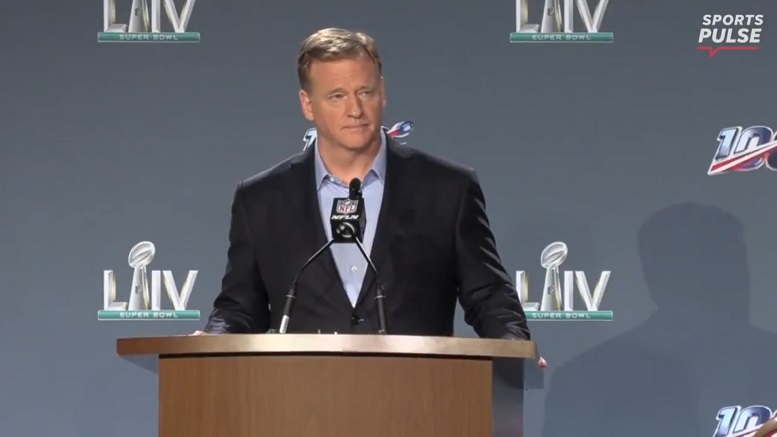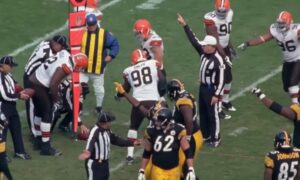The methods through which NFL teams and trainers have practiced pain management with their players is one of the underpublicized dirty little secrets of the game, in my opinion. Physical injury and corresponding pain is a necessary condition of playing the game of football. Anybody who has any type of sustained career is going to have to deal with it at some point.
In recent years, many players have spoken out against the commonplace use and misuse of NSAIDs as the go-to pain management treatment prescribed by team physicians to help players manage pain. The weekly Toradol shots have become known as the “T Train”, a phenomenon chronicled by former first-round tackle Eugene Monroe, who retired early to become an advocate for the use of marijuana as an alternative for pain management.
While it’s been some time in the offing, the league announced yesterday that it would begin accepting applications for grants, totaling up to $1 million, to fund studies that examine the efficacy of marijuana as a pain management tool and its effects on performance.
Because the federal government classifies marijuana as a Schedule I controlled substance, it is much more difficult to conduct formal studies on it. While a number of states around the country have even fully legalized recreational use of the drug, its continued status will delay potentially meaningful research.
The co-chairman of the NFL-NFLPA’s joint pain management committee did say on a conference call yesterday that the “level of interest” in marijuana in pain management “far exceeds the level of evidence” for it. And that’s true; but that is perhaps in part because of the limited amount of proper research that has been conducted, leaving others to rely on anecdotal evidence. He also called the few studies conducted to date flawed.
“We want to really find out”, he went on to say. “Are these treatments safe and do they work? This research is aimed at trying to move toward getting more definitive answers to those questions”.
All of this has been a long time coming. You can just search the site for the term “marijuana” and see that I have been chronicling the evolution of the league’s position for some years, more than half a decade now. It took much effort for them to even agree to work with the union on the matter.
In the latest Collective Bargaining Agreement, ratified in 2020, suspensions for positive tests showing traces of THC were eliminated. You could still be suspended if you are arrested and charged with possession of marijuana, as a matter of the personal conduct policy, but suspensions for testing positive for using marijuana are a thing of the past.
Now, perhaps, we are embarking on the next step. Grants will be given starting in December to begin funding research into the use of marijuana in pain management. In time, we may one day see the league allow players to use it medicinally. But there’s still a long road to go in that regard—even if many players surely already do this.








